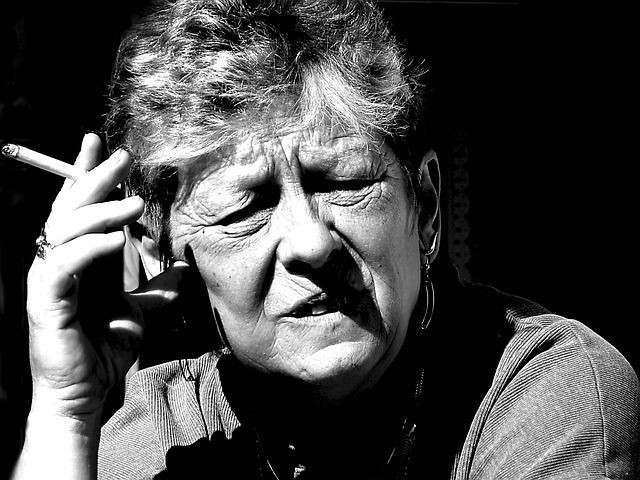Battle Of The Sexes: Older US Women Live Longer Than Men, But Suffer Poorer Health

Women all around the world have one survival advantage: They are expected to outlive men. The survival rate for females is 81.2 years compared to 76.4 years for males, but this doesn’t mean they’re healthier. Women are disproportionately afflicted by health conditions, including arthritis, bone fractures, and dementia.
Now, a study published in the American Journal of Public Health found older women can no longer expect to live as actively into their golden years as do men, despite their longer lives, due to moderate disabilities.
"Just a few decades ago, older women used to live more years than men without needing help taking care of themselves or managing basic household activities," said Vicki Freedman, author of the study from the University of Michigan Institute for Social Research, in the news release. She added: "But that does not appear to be the case anymore.”
Freedman and her research team used data from national health surveys of Americans aged 65 and up, conducted in 1982, 2004, and 2011, which examined disability trends in the U.S. among Medicare enrollees. In the survey, the participants were asked whether a disability kept them from carrying out various daily activities. Researchers defined a disability as a health issue that prevented them from doing at least one of their normal activities, like eating, shopping for groceries, and getting out of bed. Afterward, participants were observed years following the survey to determine their mortality rate.
The study revealed that the typical 65-year-old woman could only look forward to living an additional two years past 65 in 2011 than their 65-year-old female counterparts expected back in 1982. Men of the same age could expect to live five more years in 2011 than men expected to live in 1982. Female life expectancy was 18.5 years past 65 in 1982 and 20.5 in 2011; men, however, were expected to live 14 years past 65 in 1982 and 19 years past it in 2011. For both genders, between 1982 and 2004, trends in disabilities moved in the right direction, with physical limitation dropping from 25.8 percent to 20.2 percent for women and from 22.3 percent to 15.5 percent for men. However, from 2004 to 2011, the percentage leveled off for men, but climbed back up for women to 24.2 percent.
"Older men have been living longer and experiencing disability at later ages than they used to, while older women have experienced smaller increases in life expectancy and even smaller postponements in disability," said Freedman.
The researchers admit the reasons for these trends are not clear. However, it could be attributed to the fact that women are living more years than men, and therefore, are more prone to experiencing disability at later ages.
Men and women do experience different health conditions later in life, and perhaps doctors have made more medical advances regarding conditions that commonly plagued men. For example, heart disease is the leading cause of death for men in the U.S., but the death rate from coronary heart disease has dropped 38 percent in a decade. This decline has been spurred by better control of cholesterol and blood pressure, low smoking rates, and improved medical treatments, such as having paramedics transmit electrocardiogram readings directly from ambulances to emergency rooms.
Unlike men, women are more susceptible to arthritis. They face a triple threat of risk factors when it comes to arthritis: biology, genetic predisposition, and hormones. While women have osteoarthritis in higher numbers than men, a recent study found doctors are less likely to recommend joint replacement surgery to those who have knee pain, compared to men. Doctors tend to go about managing arthritis differently if you’re not active.
Rather than focus just on how long patients can expect to live, doctors and healthcare practitioners should emphasize the importance of giving quality care during men and women’s golden years to improve their physical state. Assisted living facilities, nursing homes, and home help programs can collaboratively work together to provide a better quality of life for seniors.
"Enhanced attention to these and other preventable causes of limitations among older women could extend active life and help offset impending long-term care pressures related to population aging,” said Freedman.
Live longer, stay active.
Source: Freedman VA, Wolf DA, Spillman BC. Disability-Free Life Expectancy Over 30 Years: A Growing Female Disadvantage in the US Population. AJPH. 2016.
Published by Medicaldaily.com



























